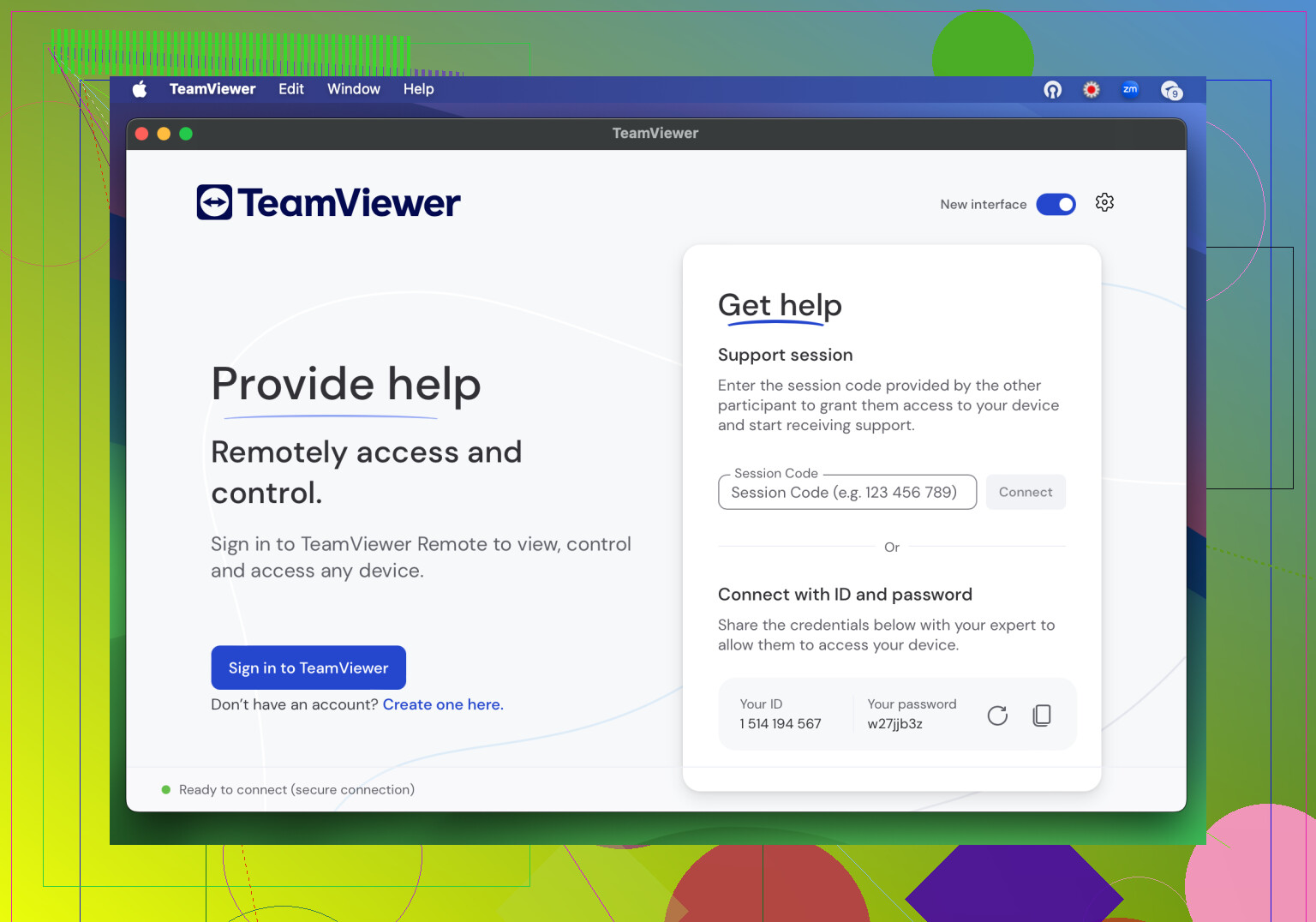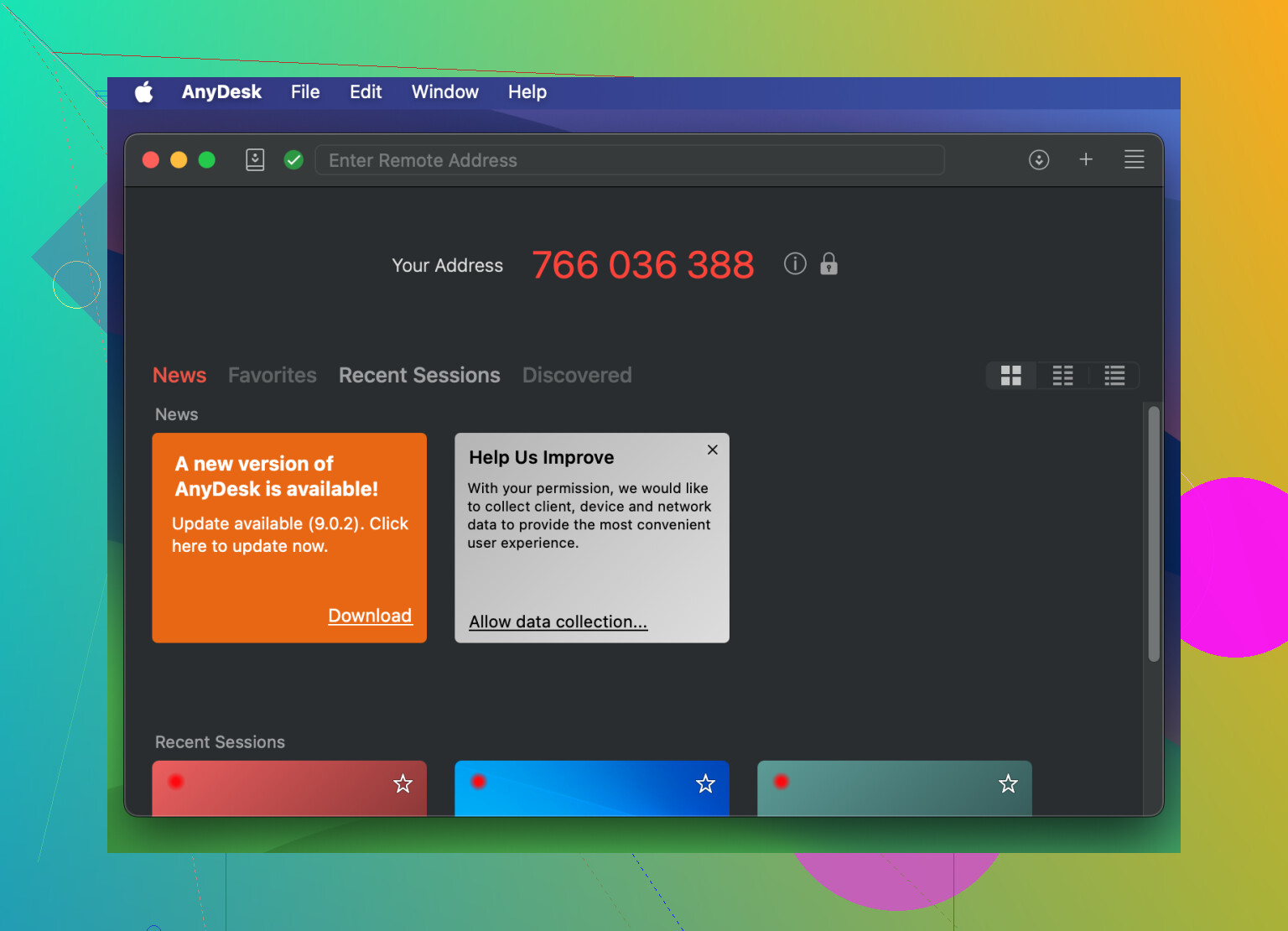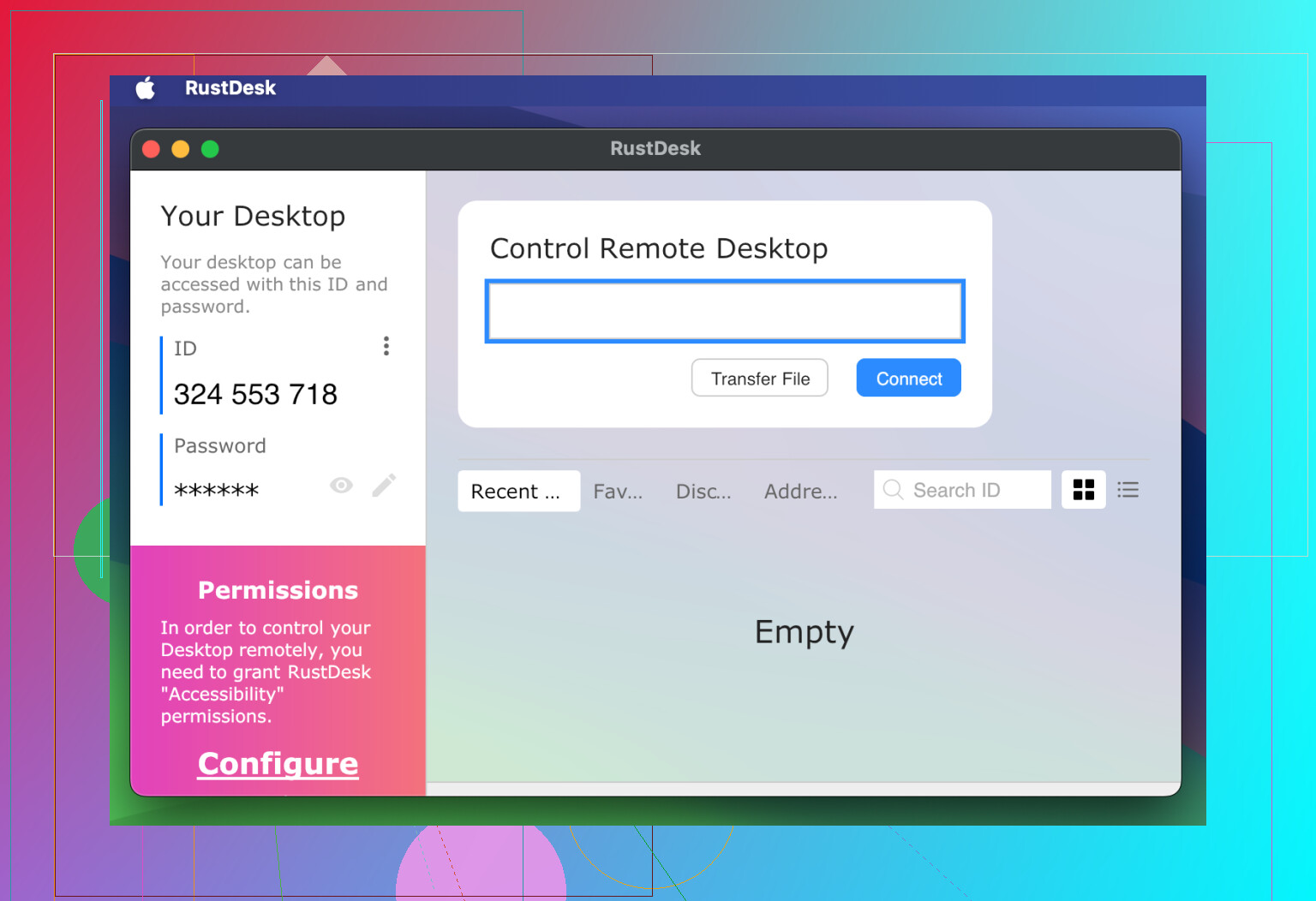I recently launched a small startup and the team is fully remote. We need secure and reliable ways to access work computers and help each other troubleshoot technical issues, but we’re on a super tight budget. Are there any free remote desktop tools you’d recommend for startups or freelancers? Would love to hear your experiences, especially with tools that are easy to use and don’t require a lot of setup.
Ever tried to fix a client’s bug at 2 a.m. from a laptop in a coffee shop? Or maybe you’re ping-ponging between your personal desktop and a rented cloud instance, all while your phone won’t stop buzzing? Yeah, that’s life as a freelancer: endless tabs, endless devices, zero “normal” working hours. I’ve tried more remote desktop apps than flavors of LaCroix, and not all of them are worth the effort. Here’s a real-world rundown of free tools that actually help, and why HelpWire consistently punches above its weight in my day-to-day hustle.
Remote Access Lifesavers (And Their Annoyances) for Freelancers
HelpWire: My Reliable Wingman for Remote Work
You know that moment when you just want to connect to your home machine or help out a client, but the tech won’t cooperate? HelpWire gets out of your way. It’s dead simple, with a setup that feels like plugging in headphones—no fiddling, no confusion. All the essentials are baked in from the get-go: you hit connect, share files, record your session (for those “did I really fix that?” moments), and everything’s wrapped in end-to-end encryption.
If you want the nitty-gritty on how it supports freelancers without a pile of hidden tricks, here’s the whole spiel: HelpWire remote desktop for freelancers.
No learning curve, no cryptic error messages. Other tools make you dig through settings or buy “pro” add-ons for the basics. Not here. It’s practically built for those of us running on caffeine and deadlines.
Other Free Remote Desktop Tools: Honest Breakdown
TeamViewer
Oh, TeamViewer. If you’ve ever googled “free remote desktop,” you’ve probably tripped over it. Everyone’s used it once.
- The Good: Feature-packed—think file transfers, remote printing, works on everything from a Raspberry Pi to your grandma’s MacBook.
- The Not So Awesome: You blink and suddenly it’s accusing you of being a business. “Suspected commercial use” gets you locked out faster than you can say “just freelancing, bro!” Also, the interface can get… busy. It’s fine for quick help sessions, but it’s not a minimalist’s dream.
AnyDesk
For folks obsessed with speed (like, “Why is my YouTube video buffering?” levels of impatience), AnyDesk often comes highly recommended.
- What’s Cool: Fast! Feels way snappier on sluggish WiFi than most others. It barely uses your RAM, so you can remote in and toss a render job into Premiere without your system weeping.
- What’s Lame: You’ll hit a ceiling fast on the free plan. Want to record your session, or transfer a ton of files? Get ready for the “go pro” sales pitch. Also, I’ve been randomly disconnected more than once—usually when I’m about to hit save (thanks, universe).
Chrome Remote Desktop
This one’s for those who just… despise software installs. You can connect from any place Chrome runs (which is, let’s be real, just about everywhere).
- Why It’s Easy: 100% free, no “business use” nags, and the world’s simplest interface. Your grandma could set it up.
- Why I Don’t Use It: It’s super barebones. Want to drag and drop files? Nope. Multi-monitor support? Not really. Serious security (2FA etc)? No dice. It’s like black coffee vs a custom latte—it gets the job done, but only if you’re not picky.
RustDesk
Privacy nerds, this one’s for you. RustDesk is 100% open-source and lets you host your own remote desktop server, which means you can tinker to your heart’s content (and know exactly where your data’s going).
- Best Part: It’s as customizable as you want, absolutely free, and you’re not stuck with someone else’s cloud. Great for devs who want full control.
- Heads Up: It’s not plug-and-play for non-geeks. Self-hosting means command lines and port forwarding, and the UX honestly has some rough edges. No official support line, so you’ll be googling or hitting GitHub Issues if something breaks.
TL;DR
If you want set-it-and-forget-it remote access, HelpWire is my top pick—no frills, but all the essentials right where you need them. TeamViewer and AnyDesk bring loads of features, but hit you with nags or disconnects if you step outside their “free” comfort zone. Chrome Remote Desktop is easy but super limited, and RustDesk is the wild west: powerful for those who love to get their hands dirty.
What are you using to stay connected? Anyone still doing remote work over SSH tunnels and RDP hacks, or is there a gem I’ve missed?
Not gonna lie, I sometimes think “free” and “remote desktop” is just code for “trialware, please upgrade.” But I get it—you’re launching, wallets tight, and SaaS sticker shock is real. Gotta keep the missions critical (like rescuing your dev’s laptap from Chrome tab hell at 1am) without tripping over paywalls or waiting for “suspected business use” bans.
So, after burning through TeamViewer rage-quits and AnyDesk’s “oh, you want to actually DO things?” limits (yup, same vibes, @mikeappsreviewer), here’s a slightly different run-down:
- DWService: Open-source, truly free, and browser-based. Solid for quick remote fixes. Downside: can get laggy, and nowhere near as slick as HelpWire or commercial options. Don’t expect premium UX, but it gets you in.
- Remmina: For the Linux crew—it speaks almost every protocol (RDP, VNC, SSH, Spice), but it’s more sysadmin tool than direct coworker-helpline. Not cross-platform, so Windows/Mac folks sit this one out.
- Parsec: Not just for gamers. Actually insanely quick for remote desktop, even for design/coding tasks with little lag. The catch? Team features are part of paid tiers, and Linux support is… meh.
- FreeRDP/RDP built into Windows: Actually free if you’re all on Win Pro. Performance is good, but lord help you setting up NAT/firewall access over the open internet. Not recommended unless you have a VPN and trust your team not to botch the config.
As for security, anything browser-based (DWService, Chrome Remote Desktop) is only as good as your account hygiene. HelpWire, like @mikeappsreviewer raved, is one I’d co-sign if you want dead-simple, no-dumb-surprises access for a small distributed crew. I still side-eye the idea of anything “just working,” but for barebones, encrypted, no-upgrade-shakedown remote help? Not much beats it.
If your team is even slightly technical and you crave full control (and are ok with some server setup pain), RustDesk is power-user candy. But for actual low-maintenance startup workflows? Go with the one with the least drama to set up and use.
Curious if anyone’s had luck keeping the same tool after growing past 5 seats, or is it mandatory to migrate to something pricier as soon as your headcount tips upward?
Look, everyone’s cheerleading for TeamViewer, Chrome Remote Desktop, and HelpWire with good reason, but as someone who’s been burned by “free*” asterisk traps (looking at you, TeamViewer’s suspicion police), here’s the brutally honest take: the “best” free tool is the one that DOESN’T lock you out mid-session or shove ads in your face while you’re explaining to the intern what DNS is.
HelpWire does seem to consistently dodge those annoyingly common issues—no surprise pop-ups about commercial use, no hidden paywalls when you just want to transfer a 6MB log file, yadda yadda. Seriously, it’s not flashy, but NOT being flashy is the feature when you just need to remote in, help someone, and bounce.
I do side-eye RustDesk’s DIY vibes, because what founder honestly has time for “set up reverse proxy” on their Tuesday morning checklist? (Unless you’re that one dev who lives for SSH tunnels and terminal sudoku.) Chrome Remote Desktop works in a pinch if nobody’s too picky, but, @waldgeist is right, it feels like solving a Rubik’s cube with oven mitts if you care about file transfer or anything beyond the basics.
Something everyone’s missed: MeshCentral. It’s open source and you can self-host or run lightweight agents. Not beginner-friendly, but if your startup has even ONE person who loves tinkering, it punches above its weight. Downside: the UI looks like it’s stuck in 2004 and don’t expect Slack-level notifications or modern prettiness.
If you want JUST fix access, I’d say HelpWire (I know, echo chamber but still) hits the sweet spot for doing the actual job and keeping the IT headaches minimal. For scale—once you get beyond 10ish people—you’ll probably start hitting soft limits on every free tool. That’s just the nature of the game: at some point, everyone’s eating ramen to pay for “seat-based pricing” on some SaaS.
TL;DR: Most remote desktop “free” solutions are either too basic (Chrome), too finicky for mortals (RustDesk, MeshCentral), too unpredictable (TeamViewer), or actually decent (HelpWire) until you outgrow them. Figure out your team’s willingness to tinker and how often “fast and easy” trumps “infinitely customizable,” then pick your poison. Just… have a backup ready, because the remote desktop drama is real.



